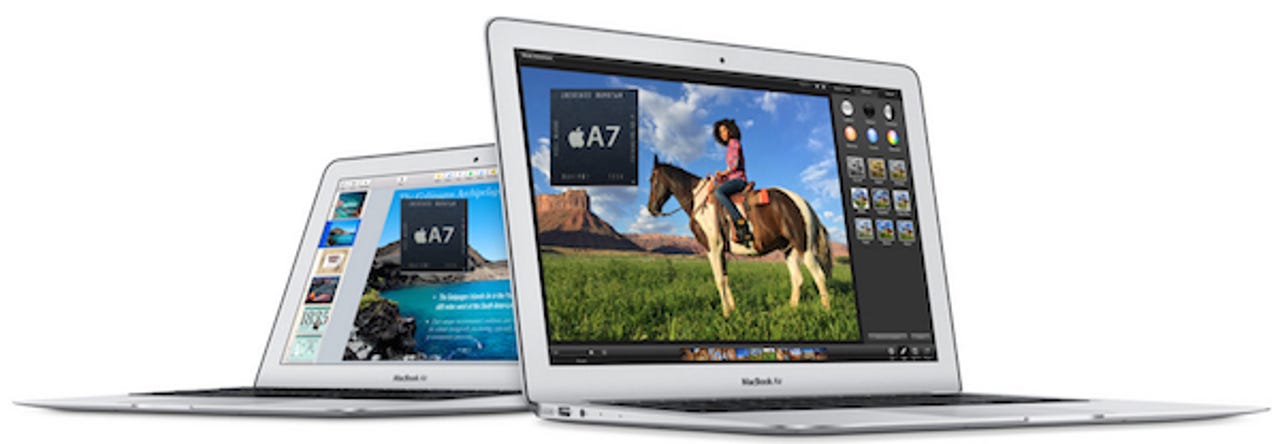ARM-based MacBook Air would be good for the enterprise


Apple's processor is powerful enough to run a MacBook, and would likely have better battery life than the already good life of the Intel laptops. The move would put all of Apple's major products running on its proprietary ARM processors.
What would be a good business case for the folks in Cupertino to build an ARM-based MacBook Air? There's a simple answer: IBM.
See related:
- Biggest losers (and winner) in Apple-IBM enterprise alliance
- IBM, Apple forge enterprise app pact: Watson, meet iPad
- Inside the Apple-IBM deal: How will it work, and what to expect
Apple entered into an alliance with IBM last year to get more iOS devices into the enterprise. IBM is producing iOS business software aimed at industries that will benefit from using iPads with the right software. This includes vertical industries that need special software for the iPad.
A MacBook Air with an ARM processor would provide a platform for the IBM software for a laptop. Laptops are popular with the enterprise, and with the IBM software would give another format for IBM and Apple to market alliance products in the corporate world.
The special enterprise software that IBM is producing is written for iOS on the ARM platform, so it shouldn't be difficult for Apple to make it work on the new MacBook. Apple would already be producing a version of OS X that runs on the ARM platform if it makes such a MacBook, so it would need a mechanism to get iOS apps to run either alongside it or within the OS.
An integrated solution letting iOS and OS X apps run side-by-side would be the best method. The enterprise could run IBM's software alongside Mac apps, a powerful solution. Since the two companies are already working together, this would extend that effort to get more Macs in the corporate world.
If the environment with the two Apple OSes running together is not technically feasible, a dual-boot method could be employed. This probably wouldn't be as well received as the integrated approach, as it would require rebooting to switch between the two.
If Apple produced a MacBook with its ARM processor, to work optimally with the dual OS solution proposed, it would need other hardware changes. A touch screen would make the iOS side work better. The screen would also need to be a Retina Display.
It's just a rumor that Apple is working on an ARM-based MacBook and it may never come to light. It would be an interesting product, and for the reasons outlined could be a solid effort to increase Apple's presence in the workplace.